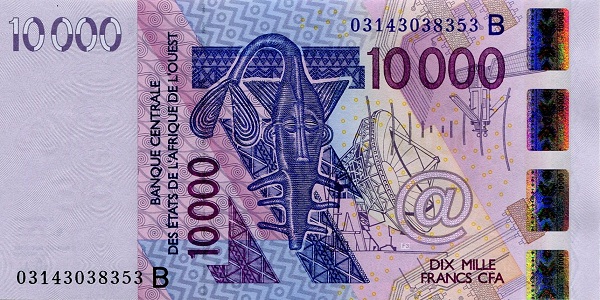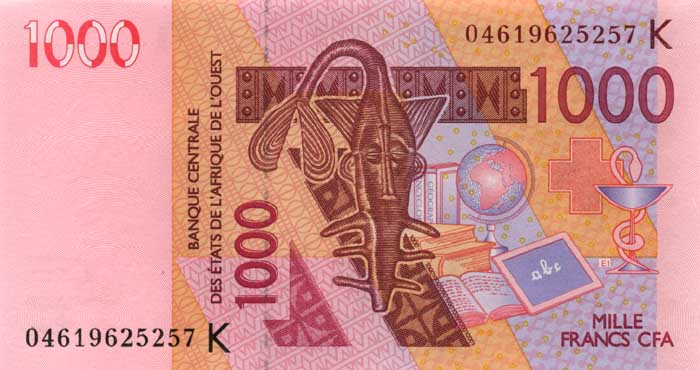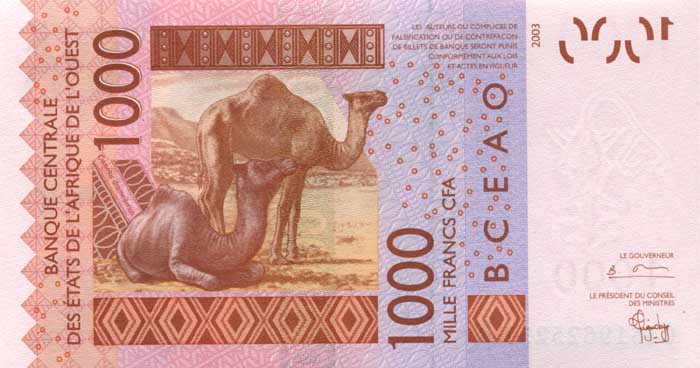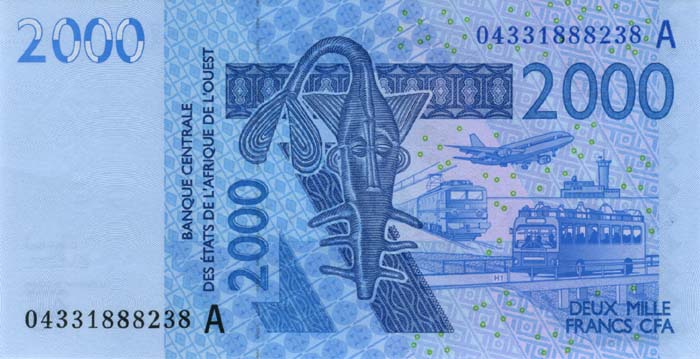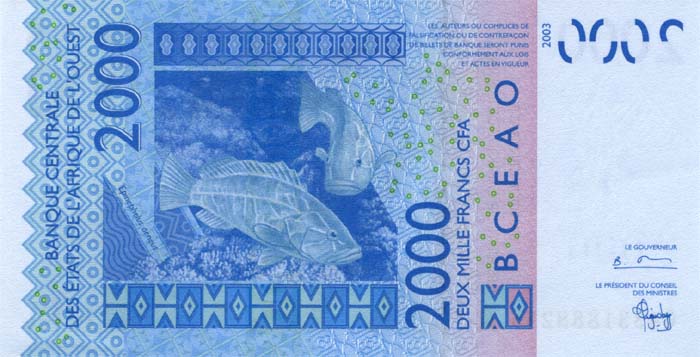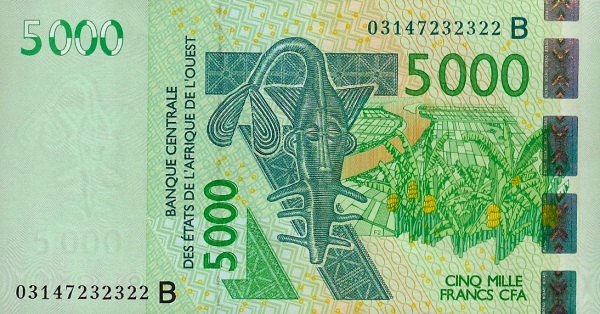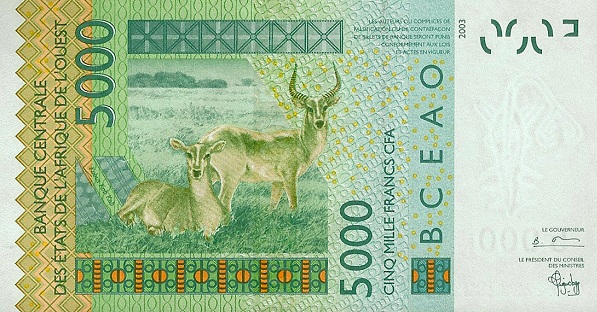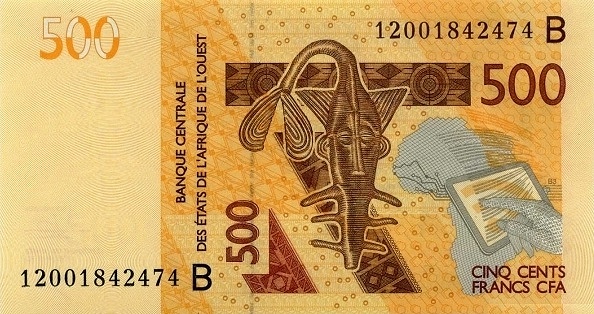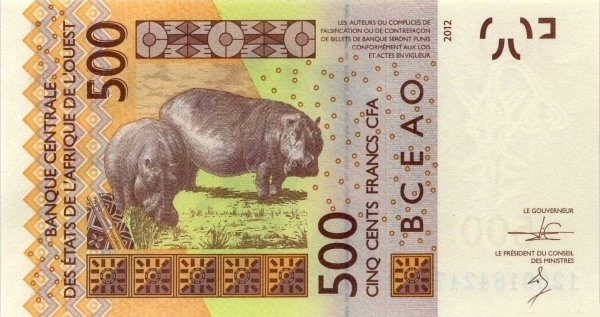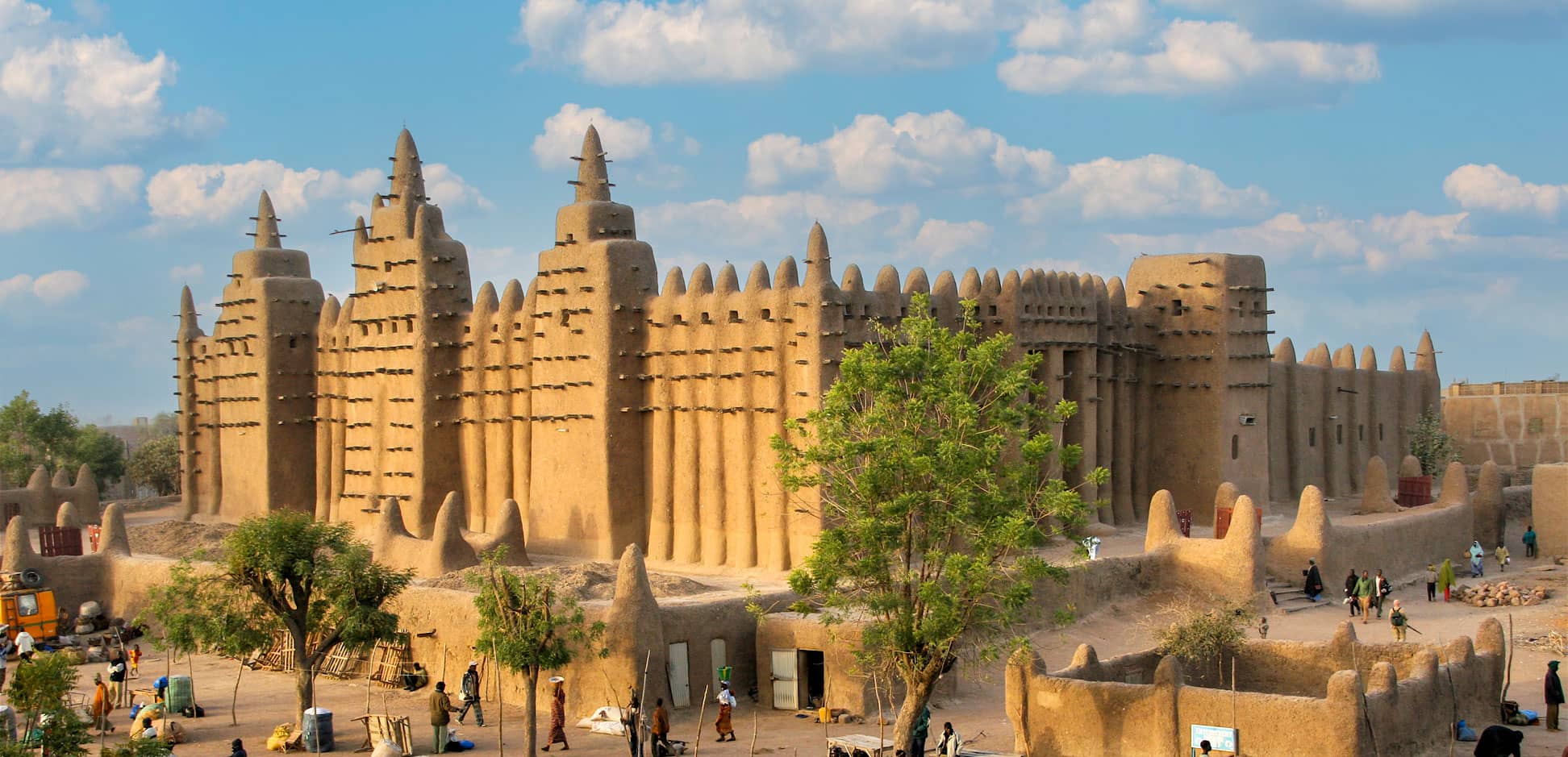Mali: A Deep Dive into a Unique Nation
Mali, rich in history and culture, stands as a modern successor of the ancient Mali Empire. Nestled in the heart of Western Africa, this landlocked nation showcases a diverse landscape. More than half of Mali lies within the expansive Sahara Desert, the largest hot desert on Earth. In contrast, the central region of Mali transitions into the Sahel, offering a stark division between the northern desert and the lush, grassy plains of the Sudanian Savanna to the south.
Geographical Overview of Mali
The borders of Mali present an intriguing tableau. To the north, it shares boundaries with Algeria; while to the east, Niger awaits. As you move southward, Mali connects with Burkina Faso and Côte d'Ivoire. To the southwest, Guinea emerges, and on the western frontier, you will find Senegal and Mauritania. This geographic diversity enhances Mali's cultural richness and influences its climate.
Mali's Size and Topographical Features
Covering a vast area of 1,241,238 km², Mali's size is impressive, measuring approximately 3.5 times that of Germany and almost twice the size of the U.S. state of Texas. Central Mali features its highest point, Mount Hombori Tondo, which stands tall at 1,155 meters. Such geographical characteristics contribute significantly to the country's climate and ecological variety.
The Climate of Mali
The climate in Mali exhibits distinct variations. In the southern regions, you will experience a subtropical climate that offers a more forgiving environment. On the other hand, the north presents an arid, hot, and dry climate. These climatic conditions heavily influence the lifestyles, agriculture, and economic activities of the people living in Mali.
The Population and Culture of Mali
Mali's population, estimated at 24.5 million in 2024, predominantly resides in the southern territories of the country. Bamako, the capital city, emerges as the cultural heartbeat of Mali. French serves as the official language while Bambara (Bamanankan), a Mande language, thrives within local communities. The nation stands predominantly as an Islamic state, where approximately 90% of its population adheres to Islam, shaping not only the culture but also the societal norms and practices.
Political Landscape of Mali
The Path to Independence
Mali's journey toward autonomy began when the Sudanese Republic and Senegal attained independence from France in 1960, forming the Mali Federation. However, this union was short-lived. Once Senegal withdrew in just a few months, the remaining territory was renamed Mali, marking a significant transition in its history. Post-independence, a dictatorship ruled until 1991, culminating in the introduction of a transitional government. Notably, the first democratic presidential election took place in 1992, paving the way for a more stable government.
Leadership and Reforms
Under President Alpha Oumar Konaré, who was re-elected in 1997, Mali witnessed significant political and economic reforms. Konaré diligently fought against corruption and emphasized transparency in governance. In adherence to Mali's constitutional two-term limit, he stepped down in 2002. His successor, Amadou Toumani Touré, won a second term in 2007, and international observers widely regarded the elections as free and fair.
Turbulence and Transition
Recent years have not been without strife. Ibrahim Boubacar Keita emerged victorious in the presidential races of 2013 and 2018. However, issues such as terrorism, banditry, and ethnic violence surged during his second term. In a dramatic turn of events in 2020, the military detained Keita, along with key government figures, leading to the establishment of the National Committee for the Salvation of the People (CNSP).
The Current Political Climate
Currently, Mali finds itself under military rule, with Colonel Assimi Goïta acting as the interim president. Initially, elections were slated for February 2024, yet the junta postponed these, citing various technical challenges. This delay has raised concerns about the nation's pathway back to civilian governance. Moreover, tensions with Tuareg rebel groups have reignited, compromising the fragile peace established by the 2015 Algiers agreement.
Governing Structure
The governance system in Mali operates within a presidential framework. Here, the president acts as the chief of state and commander-in-chief of the armed forces. The president holds significant executive authority, guiding national policy and overseeing the Council of Ministers. Meanwhile, the prime minister, appointed by the president, serves as the head of government, coordinating activities within the cabinet. Together, they propose and implement policies, with the cabinet drafting laws for the National Assembly's approval, emphasizing the importance of governance in Mali's ongoing development.
Conclusion: The Future of Mali
As Mali navigates through complex political dynamics, the resilience of its people shines through. Cultural richness combined with historical depth positions Mali as a fascinating nation within West Africa. While challenges abound, the spirit of its people gives hope for a brighter future. The journey of Mali continues, holding promise for political stability and social harmony.
Largest cities of: Mali
| City Name | Population | Year of foundation | |
| Bamako | 2,410,000 | 1880 | |
| Sikasso | 150,000 | 1898 | |
| Koutiala | 114,000 | 1960 | |
| Mopti | 100,000 | circa 1150 | |
| Kayes | 80,000 | 1895 | |
| Tombouctou | 54,000 | 1100 | |
| Segou | 45,000 | circa 1700 | |
| Gao | 26,000 | 1100 |
Mali: Money
